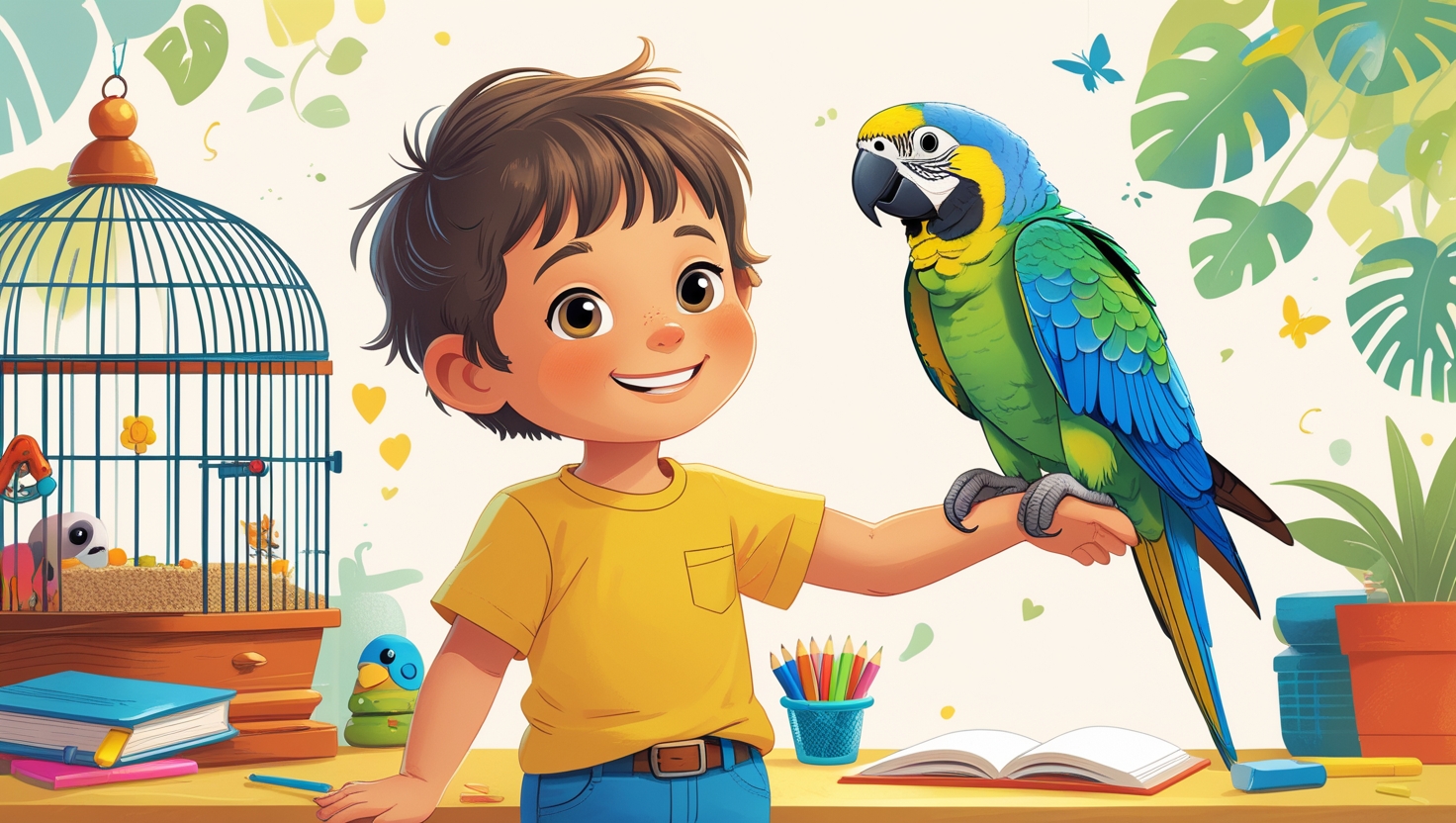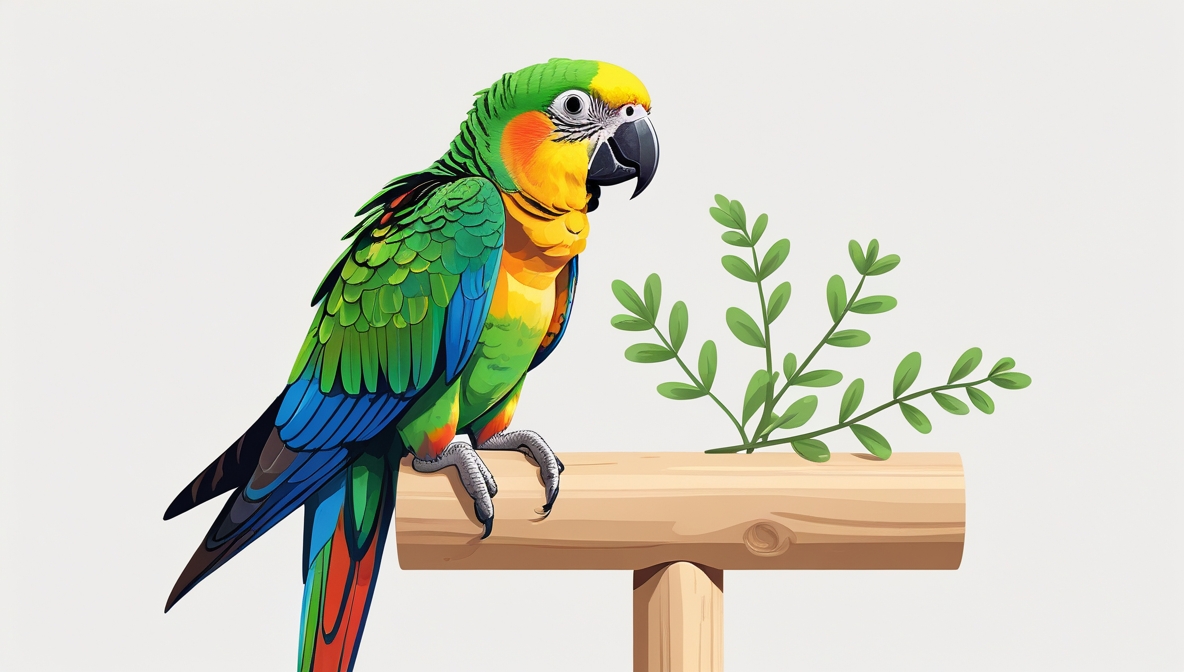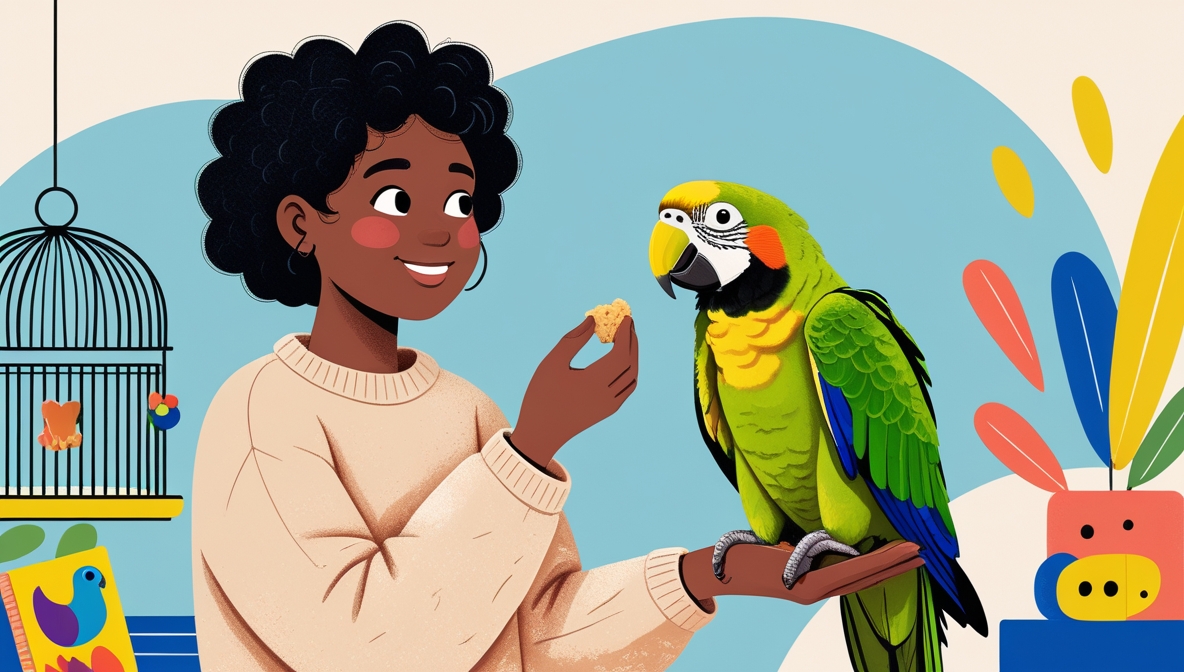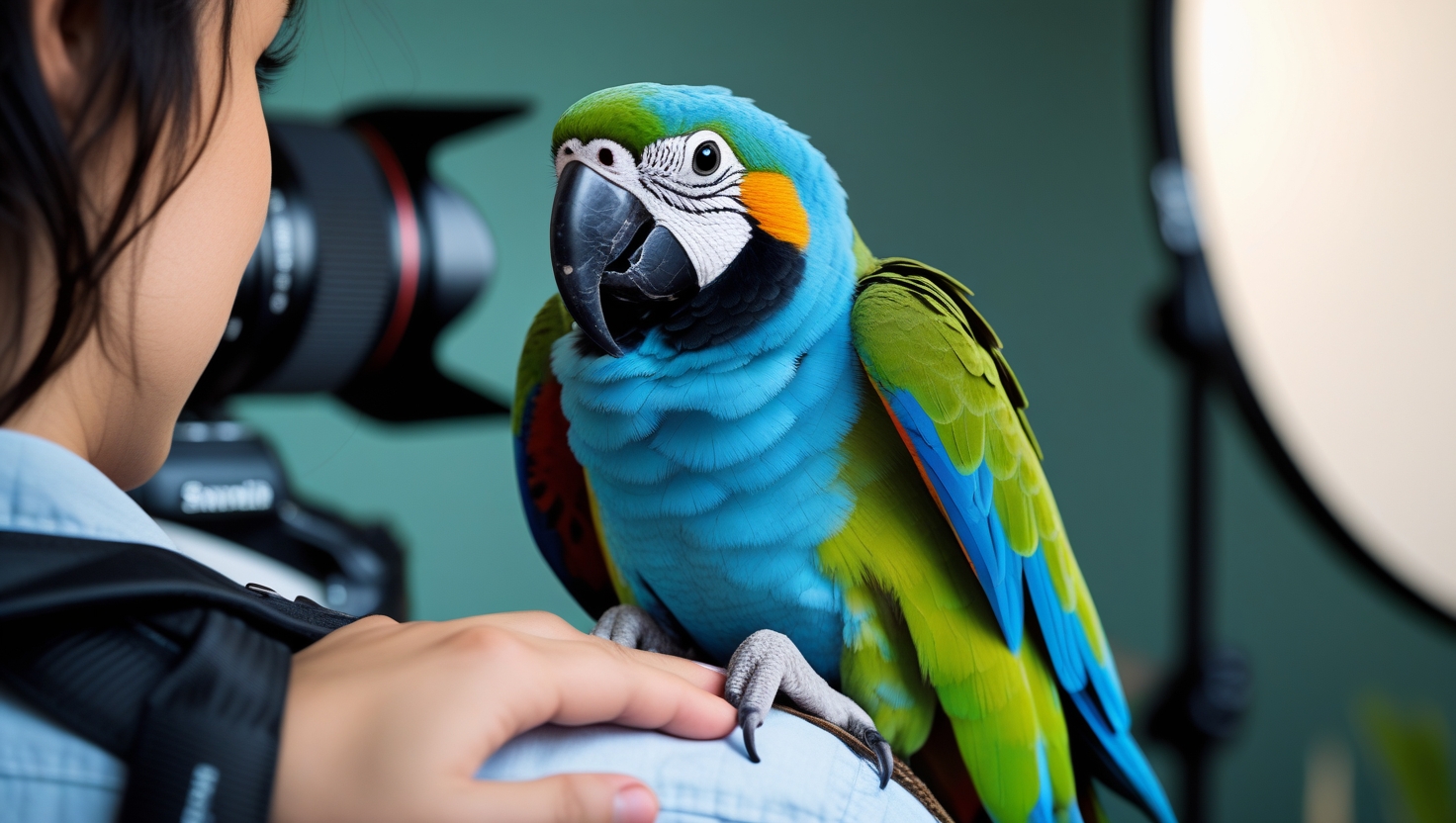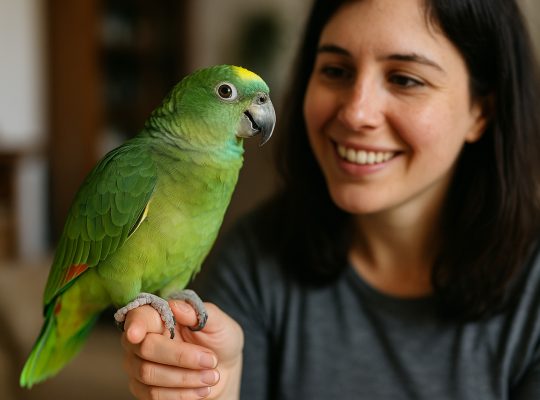Parrots are intelligent, social birds that thrive on interaction and proper care. Teaching kids to care for a parrot helps them develop responsibility, patience, and a deeper appreciation for animals. This guide provides practical ways to involve children in daily parrot care, making it a fun and educational experience for the whole family.
1. Understanding a Parrot’s Needs
Before introducing tasks, kids need to understand what parrots require to stay happy and healthy. A family discussion can cover key points such as:
- Diet – Parrots eat a variety of foods, including pellets, fruits, vegetables, and nuts.
- Environment – A spacious cage, clean perches, and safe toys keep them comfortable.
- Social Interaction – Parrots are highly social and need daily attention.
- Training and Mental Stimulation – Teaching tricks or talking exercises their minds.
Using coloring pages of different parrot species can be a great way to introduce kids to their unique traits and care needs.
2. Making Feeding Time a Fun Activity
Feeding a parrot is an easy task for kids to manage with guidance. Here’s how to get them involved:
Assign Simple Tasks
- Let younger children add fresh fruits and vegetables to a parrot’s food dish.
- Older kids can measure pellets and ensure clean water is available.
- Teach them to remove uneaten food to keep the cage clean.
Turn It into a Learning Moment
- Discuss the nutritional benefits of different foods.
- Make a chart with a checklist of safe and unsafe foods.
- Observe what the parrot likes best and track favorites.
3. Teaching Safe Handling and Interaction
Parrots can be affectionate, but handling them requires gentle movements and patience. Kids should learn to:
- Approach calmly and avoid sudden movements.
- Offer a hand or perch rather than grabbing the bird.
- Read the parrot’s body language to understand its mood.
Games to Build Trust
- Hand Feeding – Have kids hold treats to encourage the parrot to approach.
- Target Training – Teach the bird to touch a stick, reinforcing trust.
- Name Recognition – Call the parrot’s name and reward it when it responds.
Supervision is necessary to ensure the parrot feels safe and comfortable.
4. Encouraging Kids to Help with Cleaning
Keeping the parrot’s space clean prevents illness and ensures a healthy environment. Kids can contribute by:
- Removing old food and replacing water daily.
- Wiping cage bars and perches with a bird-safe cleaner.
- Sweeping up stray feathers and food scraps.
Turning Cleaning into a Routine
- Set up a daily checklist for cage maintenance.
- Use a timer to make it a quick and fun challenge.
- Reward completed tasks with a sticker chart.
By making it part of their routine, kids will develop a habit of cleanliness while helping care for the bird.
5. Creating DIY Parrot Toys Together
Parrots love toys that keep them mentally engaged. Instead of always buying them, kids can make their own using safe materials like:
- Cardboard Tubes – Stuff them with shredded paper for foraging fun.
- Paper Rolls – Twist into shapes for chewing.
- Untreated Wood Blocks – Create a hanging toy with colorful beads.
Letting kids design their own toys sparks creativity and keeps the parrot entertained.
6. Introducing Basic Training
Training builds a strong bond between the parrot and family members. Kids can start with simple exercises:
Step-Up Training
- Hold a perch or finger near the parrot’s feet.
- Say “Step up” and gently encourage the movement.
- Reward success with a small treat.
Mimicry and Talking Practice
- Repeat simple words in an excited tone.
- Make a game out of seeing who the parrot copies first.
- Clap and celebrate small progress to keep motivation high.
Training sessions should be short and positive, ensuring a fun experience for both kids and the parrot.
7. Observing and Understanding Parrot Behavior
Parrots communicate through their body language, and teaching kids to recognize these signals strengthens their connection with the bird.
Signs of a Happy Parrot
✅ Fluffed feathers while playing
✅ Head bobbing when excited
✅ Gentle beak grinding before sleep
Signs of Discomfort
⚠ Puffed feathers for long periods
⚠ Biting or lunging
⚠ Repeated screaming or feather plucking
Encouraging kids to take notes on the parrot’s behavior can help them recognize patterns and understand their pet’s emotions.
8. Establishing a Daily Care Routine
Consistency helps parrots feel safe and secure. Kids can follow a simple schedule, such as:
Morning:
🦜 Refill food and water
🦜 Clean perches and check for messes
Afternoon:
🦜 Play and training time
🦜 Provide fresh vegetables or fruit
Evening:
🦜 Quiet bonding time before bed
🦜 Cover cage if needed for sleep
A visual schedule or checklist makes it easy for kids to follow along and stay involved.
9. Teaching Respect and Responsibility
Parrots require long-term care, sometimes living for decades. Helping kids understand this commitment instills responsibility. Encourage them to:
- Keep a care journal to track feeding, training, and activities.
- Read books or watch videos about parrots to expand their knowledge.
- Participate in vet visits to learn about health care.
Including children in these responsibilities ensures they see parrot care as more than just a task—it becomes a meaningful part of their daily life.
10. Making Parrot Care a Shared Family Experience
Parrot care isn’t just about feeding and cleaning; it’s about building a relationship with a unique and intelligent animal. By involving kids in age-appropriate tasks, they develop respect, empathy, and a sense of responsibility. A well-cared-for parrot becomes a lively companion, rewarding a family’s efforts with trust, affection, and playful interactions.
